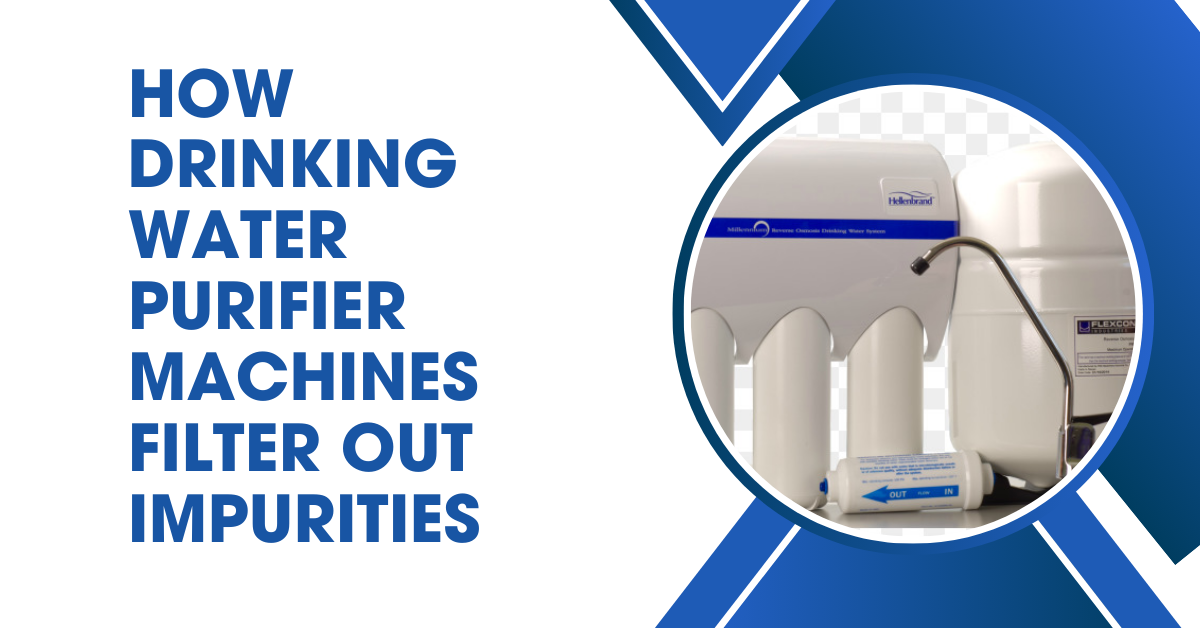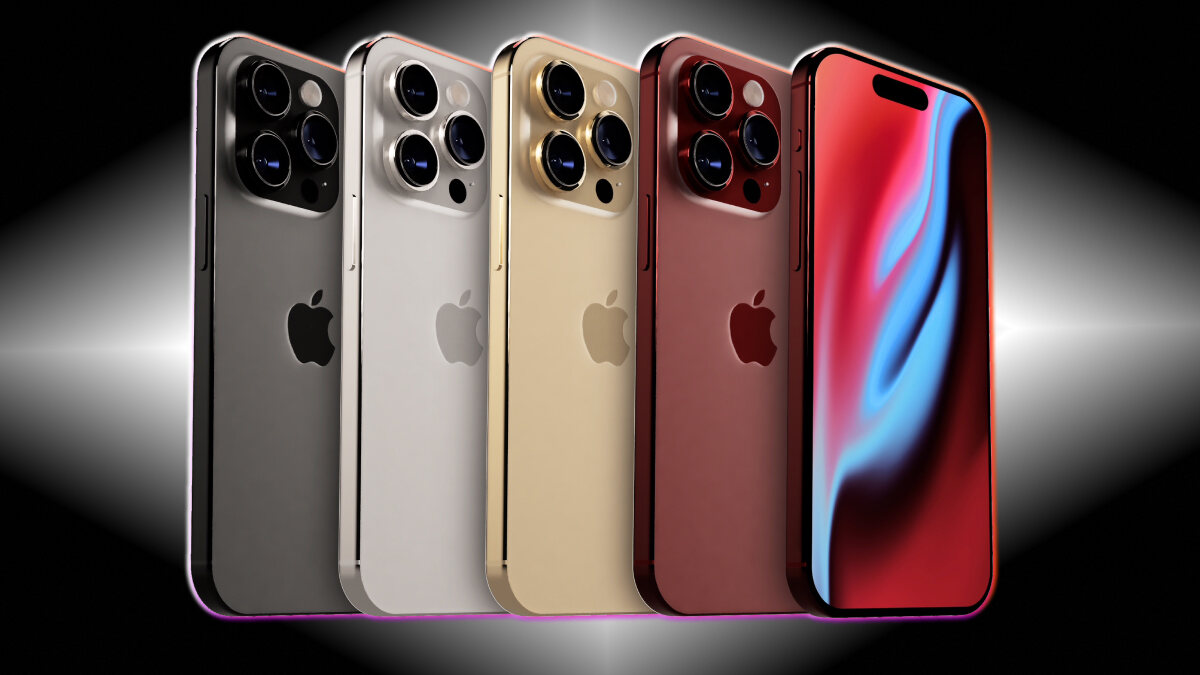In today’s world, access to clean, pure drinking water is essential for our health and well-being. Unfortunately, not all water sources are free from impurities, contaminants, or harmful chemicals. This is where drinking water purifier machines come into play. These devices work to remove impurities, providing safe and clean water for everyday use. If you’re wondering how these machines manage to filter out so many contaminants, this guide will break down the process in simple, easy-to-understand steps.
The Importance of Clean Drinking Water
Clean water is essential for maintaining good health. Water is the basis of life and is needed for almost every bodily function, from digestion to circulation. Unfortunately, tap water can sometimes carry unwanted substances, including bacteria, chemicals, and heavy metals. Consuming these contaminants can lead to health problems over time. A drinking water purifier machine can help by ensuring that the water you drink is free from harmful impurities, providing peace of mind and protecting your health.
Types of Impurities in Drinking Water
Before diving into how purifier machines work, it’s essential to understand the types of impurities commonly found in drinking water. Here are some common contaminants:
- Dirt and Sediment: These are tiny particles that can make water look cloudy or dirty. Dirt and sediment are often present due to soil erosion or pollution in the water source.
- Chemicals: These include chlorine, pesticides, and industrial pollutants. Chemicals may enter the water system from agricultural runoff or industrial waste.
- Heavy Metals: Metals like lead, mercury, and arsenic can find their way into water sources. Long-term exposure to heavy metals can have severe health impacts.
- Microorganisms: Bacteria, viruses, and parasites are microorganisms that can cause diseases if consumed in contaminated water.
- Dissolved Salts: Some water sources contain high levels of dissolved salts, which can make the water taste salty and unsuitable for drinking.
Note – For clean, safe water every day, consider exploring Drinking Water Purifier Machines in Uganda with Black Hodge Power Services Ltd. Enjoy the benefits of pure water by choosing a reliable solution that prioritizes health and convenience. Find out more today and make the switch to quality water for a healthier lifestyle!
Key Purification Stages in Drinking Water Purifiers
Now, let’s explore the different stages that drinking water purifier machines use to remove these impurities and provide safe, clean drinking water.
1. Sediment Filtration
The first stage in many purifier machines is sediment filtration. This stage removes larger particles like dirt, sand, and rust. It’s like a fine sieve that catches these visible impurities, making the water cleaner and clearer. Sediment filtration is essential because it removes solid contaminants that could damage other parts of the machine if left untreated.
How Sediment Filters Work
Sediment filters are often made of cotton or polypropylene materials. They act as a barrier, allowing only water to pass through while blocking larger particles. This stage is especially useful for those who receive water with visible dirt or particles.

2. Activated Carbon Filtration
After sediment filtration, the water typically passes through an activated carbon filter. This stage is crucial for removing chemicals like chlorine and organic compounds that may affect the taste and smell of the water.
How Activated Carbon Filters Work
Activated carbon is a type of charcoal that has been treated to create a highly porous surface area. This porous surface allows it to trap chemical contaminants through a process called adsorption. Unlike absorption, where a substance is soaked up, adsorption sticks contaminants onto the carbon surface. Activated carbon is highly effective in removing chlorine, which can give water a chemical taste and odor.
3. Reverse Osmosis (RO) Filtration
Reverse osmosis, or RO, is one of the most effective stages in water purification. In this stage, the water is forced through a semi-permeable membrane that blocks even the smallest particles and impurities.
How Reverse Osmosis Works
RO uses high pressure to push water through a very fine membrane that only allows water molecules to pass through, blocking contaminants like heavy metals, pesticides, and dissolved salts. This stage is highly effective for removing a wide range of impurities, especially those that cannot be removed by sediment or carbon filters.
4. Ultraviolet (UV) Filtration
Many drinking water purifiers include a UV filtration stage to target bacteria, viruses, and other microorganisms that could pose health risks. This stage is particularly helpful for eliminating biological contaminants.
How UV Filtration Works
In this stage, the water is exposed to ultraviolet light, which penetrates and destroys the DNA of microorganisms. When their DNA is disrupted, these microorganisms are unable to reproduce or cause harm. UV filtration is a chemical-free way to ensure that water is safe from bacteria and viruses.
5. Ultrafiltration (UF)
Ultrafiltration, or UF, is similar to RO but works with a slightly larger membrane. This stage can remove bacteria and other larger particles but doesn’t remove dissolved salts and minerals.
How Ultrafiltration Works
The UF membrane acts as a filter to block microorganisms and other impurities that may have passed through previous filtration stages. While UF doesn’t remove minerals, it’s excellent for areas with microbiologically unsafe water.
6. Mineralization or TDS Controller
After going through multiple filtration stages, some water purifiers add minerals back into the water. This process is known as mineralization and helps improve the taste and health benefits of the water.
How Mineralization Works
Certain essential minerals like calcium and magnesium, which may be lost during RO or UF filtration, are added back. This not only enhances the taste but also ensures that the water remains healthy for consumption.
The Final Stage: Storage and Dispensing
Once the water has been purified, it is stored in a tank within the machine, ready for dispensing. Some modern water purifiers also have automatic sensors that control the water level, ensuring a steady supply of purified water.
Benefits of Drinking Water Purifier Machines
Using a drinking water purifier machine offers several health and lifestyle benefits:
- Health Safety: Purifiers remove harmful bacteria, viruses, and chemicals, reducing the risk of waterborne diseases.
- Improved Taste: Removing chlorine and other chemicals makes the water taste better and eliminates any unpleasant odor.
- Convenience: Having a purifier at home means you don’t need to buy bottled water, saving you time and money.
- Eco-Friendly: By reducing the use of plastic water bottles, purifiers contribute to a healthier environment.
Tips for Maintaining Your Drinking Water Purifier Machine
- Regular Filter Replacement: Every filter in your purifier has a specific lifespan. Replacing them on time ensures the purifier continues working effectively.
- Clean the Storage Tank: Some machines come with a detachable tank. Cleaning it regularly prevents the build-up of residue and bacteria.
- Schedule Annual Servicing: Professional servicing helps keep your purifier in top condition, ensuring long-lasting performance.
- Check for Leaks: Regularly check for leaks or loose parts to avoid water wastage and ensure proper functionality.
- Monitor Water Flow: If the water flow decreases, it may be time to replace certain filters or membranes.
Choosing the Right Drinking Water Purifier Machine
Selecting the right purifier machine depends on the quality of water in your area and your family’s needs. Here are a few factors to consider:
- Water Source: If your water supply has high levels of salt, you may need an RO purifier.
- Contamination Level: Areas with high chemical or bacterial contamination will benefit from UV or RO systems.
- Maintenance Requirements: Some machines require more frequent filter changes, so consider how much maintenance you’re willing to do.
- Budget: Drinking water purifiers come in various price ranges, so choose one that fits your budget without compromising quality.
Conclusion
A drinking water purifier machine is a valuable addition to any household. It ensures that the water you and your family consume is free from harmful contaminants, tastes fresh, and supports overall health. Understanding the stages involved in water purification—from sediment filtration to UV treatment—helps you make an informed choice and appreciate the benefits these machines bring to your daily life.
Investing in a drinking water purifier machine not only ensures access to clean water but also contributes to a healthier lifestyle. By removing impurities, enhancing taste, and safeguarding against contaminants, these machines are essential for safe, high-quality drinking water.
For more insightful articles related to this topic, feel free to visit bloggingleads.com






